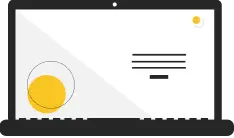Fraud Types
This includes various dishonest practices, such as faking claims, staging accidents, or giving false information to get insurance money.
This type of fraud includes misleading investment schemes like Ponzi or pyramid schemes, where scammers promise high returns that are too good to be true.
Fraudsters often create fake emails, text messages, or websites that look like they come from trustworthy companies in phishing scams. Their goal is to trick individuals into revealing personal information or clicking on harmful links.
This happens when criminals get hold of credit card information and make unauthorized purchases, either by stealing physical cards or using stolen details online.
Contact your bank or financial institution as soon as possible to report the unauthorized transaction.
Provide details about the suspicious activity, including dates, times, and any relevant screenshots or call recordings if any.
This occurs when someone steals personal information, like Social Security numbers or bank account details, to commit fraud, such as opening accounts or making illegal purchases.
Report to Cybercrime by visiting their website https://cybercrime.gov.in/ or call 1930.
Look for “https” in the URL, check for spelling errors, verify contact information, be cautious of “too good to be true” offers, and never provide personal information on a site that looks suspicious.
Urgent requests for personal information, phishing emails, unexpected charges on your account, unusual login attempts from unfamiliar locations, and pressure tactics to make a quick decision.










